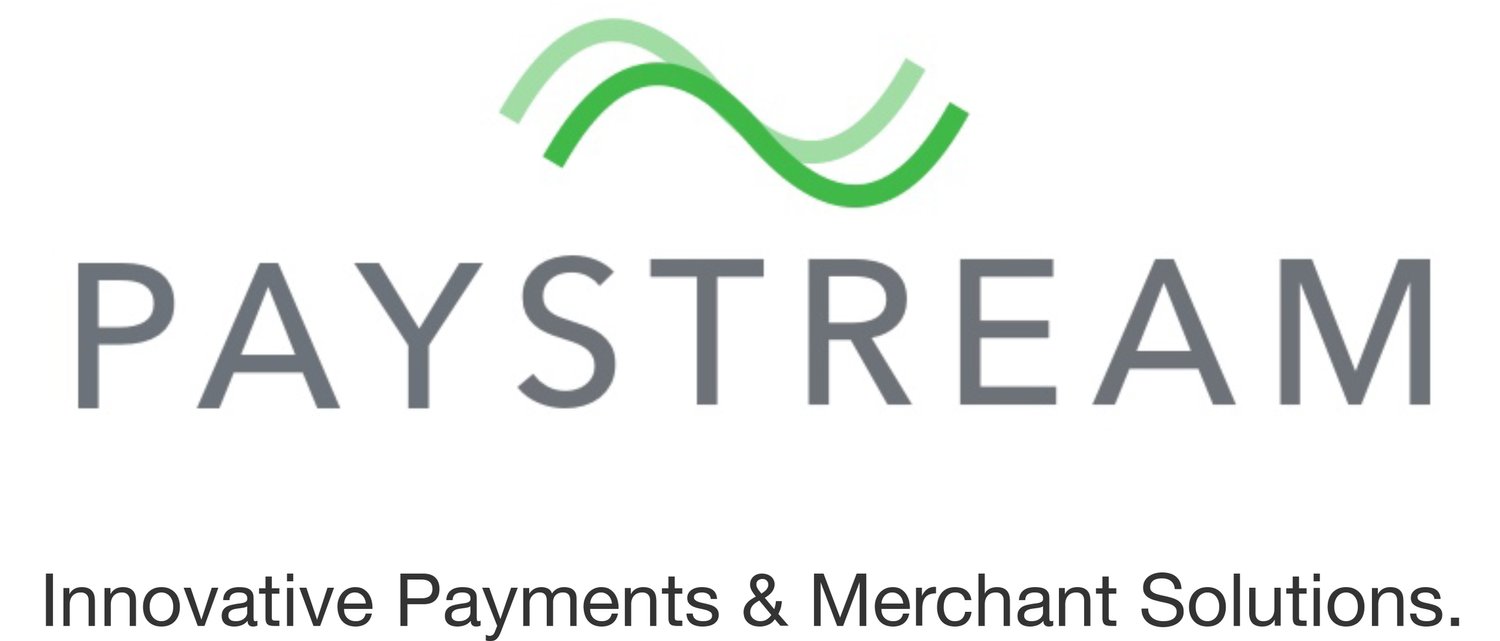Interchange Fees Explained - Do You Want to Keep More Revenue?
Here is a mind blowing stat: In 2023, U.S. merchants paid over $110 billion in credit and debit card interchange fees. This makes interchange fees one of the biggest operational expenses for businesses. These fees typically account for 70% to 90% of total payment processing costs! This absolutely impacts your bottom line.
But here’s the good news: With the right strategy, you can optimize your payment processing and lower these fees, to increase your profitability.
What Are Interchange Fees?
Interchange fees are the costs merchants pay when accepting credit or debit card payments. These fees are set by card networks like Visa and Mastercard and are paid to the bank that issued the customer’s card to cover handling costs, fraud prevention, and transaction risks.
Why Do Interchange Fees Matter?
They make up the largest portion of credit card processing fees.
Fees vary by card type, transaction method and merchant category.
Unoptimized fees can drain thousands of dollars from your business annually.
Why Do Interchange Fees Vary?
Several factors influence the amount you pay in interchange fees, including:
Card Type: Business and rewards cards have higher fees due to increased risk and perks for cardholders.
Transaction Method: In-person (card-present) transactions generally cost less than online (card-not-present) transactions.
Merchant Category Code (MCC): Different industries have different rate structures; some qualify for lower fees.
Security Measures: Transactions using tokenization and other fraud prevention measures can qualify for lower rates.
How to Reduce Your Interchange Fees
PayStream helps businesses optimize their payment processing and lower interchange fees with smart strategies and automation.
Use Card-Present Transactions When Possible
Lower-risk transactions = lower fees. Encourage customers to use chip or tap-to-pay methods.
Implement Address Verification for Online Sales
Verifying a customer’s billing address reduces fraud risk and qualifies for lower fees.
Choose the Right Pricing Model
PayStream offers Interchange Plus pricing, which provides greater transparency and avoids costly tiered pricing models.
Ensure Your MCC is Correct
Having the right Merchant Category Code (MCC) can help you qualify for lower rates.
Use Level 2 & Level 3 Processing for B2B Payments
If you accept corporate or government cards, providing extra transaction data can significantly reduce interchange fees.
Work with PayStream to Optimize Your Fees
We will analyze your processing setup and find hidden savings opportunities to ensure you’re not overpaying.
The Future of Interchange Fees
Regulatory changes and ongoing lawsuits could reshape interchange fees in the coming years. The Durbin Amendment capped debit card fees for large banks, but credit card interchange rates remain largely unregulated. As Visa and Mastercard face increased scrutiny, transparency in pricing may improve. They’re up in 2025 and show no signs of stopping.
Now is the perfect time to take control of your payment processing and start saving with PayStream.
PayStream is your trusted partner in payment optimization. From fee audits to compliance assistance, we’ll handle the hard stuff so you can focus on running your business.
📞 Contact us today to schedule your FREE consultation and start keeping more of your hard earned money.
FAQs About Interchange Fees
Q: What are Interchange Fees?
A: Interchange fees are the costs merchants incur when accepting credit or debit card payments, covering the card-issuing bank’s expenses for processing, fraud prevention, and payment risks. These fees play a crucial role in the overall payment processing system, directly impacting merchant costs and pricing strategies.
Q: Why are some Interchange Fees much higher than others?
A: Interchange fees are higher for certain transactions due to factors like premium card usage—such as corporate or rewards cards—and the increased risk of international or card-not-present payments. These elements drive up processing costs, making some transactions more expensive for merchants.
Q: There are different Interchange fees for debit and credit cards, why?
A: Credit card interchange fees are generally higher than debit card fees because debit transactions pull funds directly from a bank account, reducing risk for issuers. This distinction impacts the overall cost structure for merchants processing payments.
Q: How does the Durbin Amendment affect my business?
A: The Durbin Amendment limits debit card interchange fees for major issuers to $0.21 plus a small percentage of the transaction, leading to higher consumer prices and a reduction in debit card rewards programs.
Q: How can I reduce my businesses Interchange Fees?
A: Merchants can significantly reduce their interchange fees by adopting card-present transactions, implementing address verification for online sales, providing detailed transaction data, and settling transactions daily. You should also work with your processing partner to see what you can do to optimize your fees.


